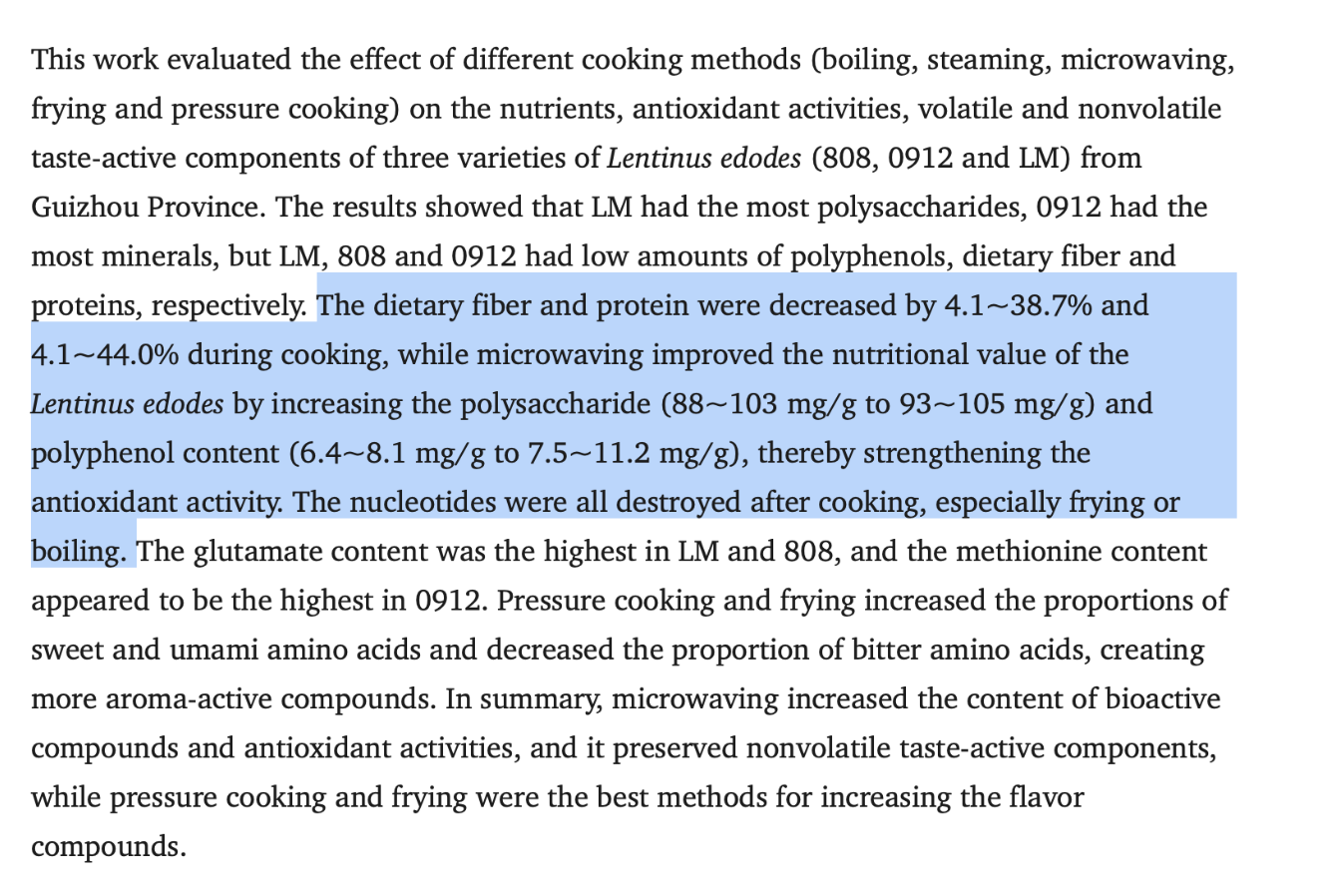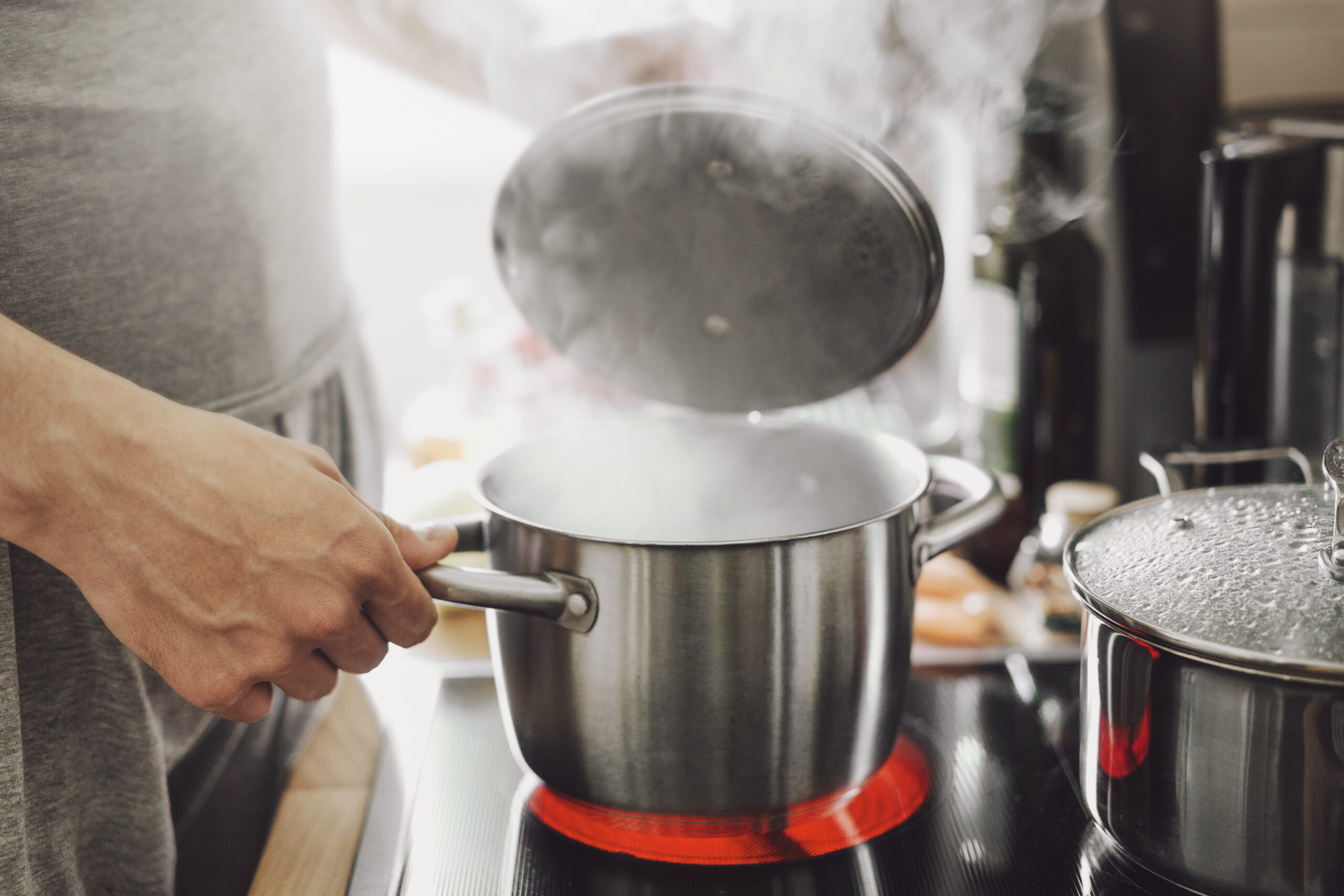There’s something deeply nostalgic about the way our grandmothers cooked. Meals weren’t just about eating; they were about nourishment—real, wholesome nourishment that took time.
Science tells us that different types of cooking methods impact how our bodies absorb vitamins, minerals, and antioxidants. Slow cooking preserves nutrients, while high-pressure and extreme heat methods can degrade them.
Our grandmothers knew this long before scientific research confirmed it. Their kitchens were filled with slow-simmering pots of khichdi, dals, and bone broths, cooked with patience and wisdom.
Why did they cook this way?
Because slow cooking allows food to break down naturally, making nutrients more bioavailable and easier to digest. But today, in a rush for convenience, we’ve embraced instant meals, microwaving, and high-pressure cooking, often sacrificing nutrition for speed.
Think of it like brewing tea. If you let it steep slowly, you extract all its benefits. But if you boil it aggressively, you might destroy its delicate compounds. The same applies to food.
The question we need to ask is: Are we unknowingly paying the price for convenience with depleted nutrition? And, which cooking methods actually retain the most nutrition?
The Nutrient War: How Cooking Methods Impact Food
Not all cooking methods are created equal. The way we prepare, cook, and combine food determines how well it nourishes the body and supports digestion. Modern science is now catching up with these timeless principles, revealing how different cooking methods impact nutrient retention and bioavailability.
One of Ayurveda’s core concepts is Agni—the digestive fire. It is the force responsible for breaking down food, absorbing nutrients, and eliminating waste. Ayurveda teaches that how we cook our food directly influences Agni, impacting digestion, metabolism, and overall well-being.
Food that is warm, well-cooked, and easily digestible strengthens Agni, whereas raw, processed, or improperly cooked food weakens it. Cooking helps pre-digest food, making it easier for the gut to extract nutrients while reducing the risk of bloating and indigestion. This is the reason why the method of cooking plays a vital role.

Let’s break down the methods of cooking:
1. Slow Cooking: The Art of Patience and Maximum Nutrition
Slow cooking has stood the test of time for a reason. This method allows food to break down naturally over low heat, making nutrients more bioavailable and easier to digest.
- Preserves minerals (zinc, magnesium, iron), amino acids, and antioxidants, which are often lost in high-heat cooking.
- Enhances the digestibility of grains, lentils, and legumes by breaking down antinutrients.
- Retains the deep flavors of broths, stews, and curries, making them more nourishing.
- Slow-cooked lentils retained higher levels of lysine (an essential amino acid) compared to those cooked at high temperatures. However, since slow cooking can reduce heat-sensitive vitamins like vitamin C and some B vitamins, it’s essential to avoid overcooking.
Best for: Dals, broths, stews, tough cuts of meat, lentils, and grains.
2. Steaming Cooking Method: The Gold Standard for Nutrient Retention
If there’s one cooking method that consistently preserves the most nutrition, it’s steaming. Research published in the Journal of Food Science and Biotechnology confirms that steamed vegetables retain up to 89% of their vitamin C.
- Prevents nutrient leaching by cooking food with indirect heat.
- Preserves polyphenols and flavonoids, which have anti-inflammatory and immune-boosting properties.
- Maintains the natural texture, color, and flavor of vegetables without the need for excessive oil or seasoning.

Since food doesn’t come into direct contact with water, essential nutrients are locked in rather than lost. This makes steaming particularly beneficial for vegetables, seafood, and delicate proteins.
Best for: Vegetables, seafood, poultry, and delicate proteins.
3. Pressure Cooking: Fast, Efficient, but With Trade-offs
Pressure cooking is a game-changer for busy lives. It significantly reduces cooking time while helping retain some nutrients. But does speed come at the cost of nutrition?
Pressure-cooked legumes retain more folate (B9) than boiling, but they also lose more vitamin C and polyphenols due to high temperatures and pressure.
- Makes food easier to digest by quickly breaking down proteins and fibers.
- Retains minerals better than boiling but depletes certain antioxidants.
- Can reduce delicate compounds like sulforaphane (found in broccoli), which has anti-cancer properties.
While pressure cooking is better than boiling for nutrient retention, it’s not the best for foods rich in heat-sensitive vitamins.
Best for: Lentils, legumes, root vegetables, grains, and meats that need faster cooking.
4. Boiling and Frying: The Biggest Culprits of Nutrient Loss
Boiling and frying are among the most commonly used cooking methods, but they can significantly impact food quality.
- Boiling leads to a 50-70% loss of water-soluble vitamins (B vitamins, vitamin C) as nutrients leach into the cooking water. If you must boil, using the cooking water in soups or curries can help retain some nutrients.
- Frying exposes food to oxidative damage, reducing polyunsaturated fats and antioxidants. Deep frying lowers antioxidant levels and creates harmful trans fats, which contribute to inflammation and chronic diseases.
Best for: While boiling is useful for soups (where nutrients stay in the broth), frying should be minimized for long-term health.
Before cooking, make sure to wash your fruits and vegetables properly to eliminate pesticides and bacteria—click for the best DIY wash methods here!
Cooking for Different Age Groups
From infancy to old age, the body’s needs evolve, and so should our cooking methods.
Nutrient bioavailability changes with age, making it essential to choose the right cooking methods to preserve and enhance key vitamins, minerals, and proteins.
- Infants and Young Children: Gentle Cooking for Gentle Digestion
-
- Babies have immature digestive systems, requiring food that is easy to break down and absorb.
- Steaming cooking method is ideal for vegetables, as it retains essential vitamins like C and B-complex while keeping the texture soft.
- Slow-cooked porridge, dal, and soups provide essential amino acids and minerals without taxing digestion.
- Avoid deep-frying or heavily spiced foods, as they can be hard on a developing gut.
2. Children and Adolescents: Fueling Growth and Development
-
- This stage requires high-protein, high-mineral foods to support bone growth, brain development, and immunity.
- Slow cooking enhances amino acid availability in lentils and legumes, aiding muscle and bone growth.
- Steaming retains antioxidants that protect growing cells from oxidative stress.
- Avoid excessive frying as it depletes water-soluble vitamins and adds unhealthy fats.
3. Adults: Balancing Energy, Immunity, and Metabolism
-
- Nutrient-dense meals support metabolism, hormonal health, and disease prevention.
- A mix of cooking methods like steaming, pressure cooking, and slow cooking helps maintain nutrient balance while preserving time and energy.
- Fermented foods like idli, dosa, and kanji improve gut microbiome health, which is crucial for immunity and digestion.
- Excessive grilling and deep frying produce harmful compounds like acrylamide, linked to inflammation and aging.
4. Pregnant Women and New Mothers: Cooking for Two
-
- Pregnancy demands higher levels of iron, folate, calcium, and protein, making cooking methods crucial.
- Steaming vegetables preserves folate, essential for fetal brain development.
- Slow cooking bones and lentils extracts collagen, calcium, and minerals, supporting maternal bone health.
- Avoid reheated and ultra-processed foods, as they can disrupt digestion and cause inflammation.
- Postpartum, warm, well-cooked meals help replenish lost nutrients, aid digestion, and support lactation.
5. Elderly: Cooking for Longevity and Easy Digestion
-
- With age, digestion slows, and nutrient absorption decreases, making food texture and cooking methods crucial.
- Soft, slow-cooked meals like stews and porridges improve nutrient bioavailability and are easier to digest.
- Steaming retains vitamin B12 and iron in vegetables, which helps prevent deficiencies common in old age.
- Anti-inflammatory herbs like turmeric and ginger added towards the end of cooking, maximize their healing benefits.
Disclaimer: Cooking methods and nutrition needs vary based on individual health conditions, age, and lifestyle. Special care should be taken when preparing food for infants, children, pregnant women, and the elderly, as their nutritional requirements differ. Always consult a healthcare provider, pediatrician, or nutritionist before making significant food changes, especially for vulnerable groups or those with specific health concerns.
Tips to Optimize Your Cooking for Maximum Nutrition
Even within the best cooking methods, small changes can significantly impact nutrient retention. You can follow these strategies to make your meals more nourishing:
- Use Low Heat and Longer Cooking Times for Nutrient-Dense Foods: Lower temperatures preserve protein structures, antioxidants, and essential fatty acids, which can be damaged by excessive heat. Therefore, slow-cooked soups, dals, stews, and meats retain maximum minerals and amino acids.
- Soak Grains and Legumes Before Cooking: Soaking neutralizes phytic acid, an anti-nutrient that binds to minerals like iron, zinc, and calcium, making them harder to absorb. Soaking legumes for 8-12 hours reduces phytates by up to 50%, improving mineral bioavailability. Therefore, it is best to soak lentils, chickpeas, kidney beans, and grains before cooking.
- Combine Cooking Methods for Enhanced Flavor & Retention: A hybrid approach can help maximize nutrient retention while improving digestibility and taste. Your best strategy should be to:
- Pressure cook first to reduce cooking time.
- Slow simmer next to enhance flavors while preserving heat-sensitive nutrients.
The material of your cookware can impact nutrient retention and food safety. The best choices are:
- Clay pots & earthenware: Naturally alkaline, helps retain minerals.
- Slow cookers & stainless steel: Even heat distribution reduces oxidation.
- Avoid aluminum & non-stick cookware: May leach harmful compounds into food.
Cooking with Intention
Smart cooking isn’t about banning pressure cookers or only sticking to one cooking method—it’s about understanding balance.
At the end of the day, food is medicine. And how we cook determines whether we’re fueling our bodies with true nourishment or just filling our stomachs with empty calories.
Cooking wisely is not about restriction—it’s about making every bite count.
So, be educated and not influenced.
Disclaimer: This article is for informational purposes only and is not intended to replace professional medical or nutritional advice. While different methods of cooking food impact nutrient retention in various ways, the best approach depends on your individual food needs, lifestyle, and preferences. The goal is not to demonize any cooking method but to create awareness about how food preparation affects nutrition. Always consult with a healthcare professional, nutritionist, or dietitian for personalized guidance.
Take charge of your health with a plan designed just for you.
Join our Signature Wellness Program for personalized guidance, holistic healing, and sustainable lifestyle changes.
Your journey to better health starts today because you deserve it!
Schedule a one-on-one consultation with our experts by calling us at 1800 102 0253 or emailing us at [email protected].

